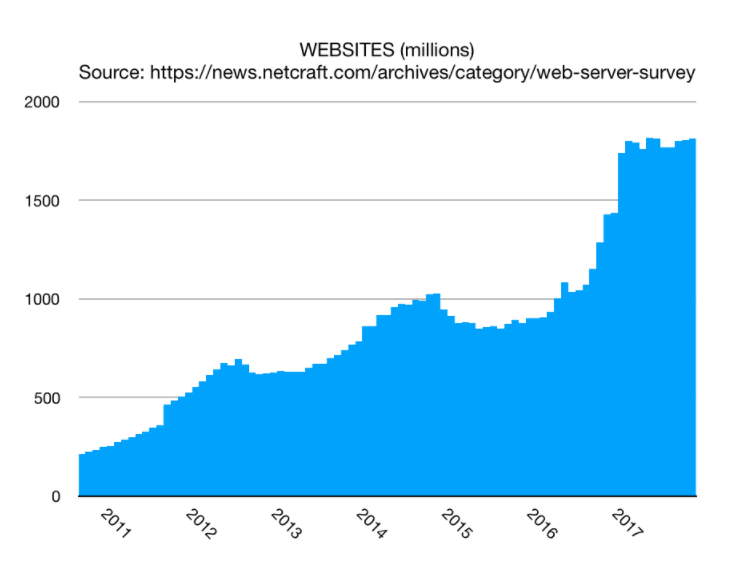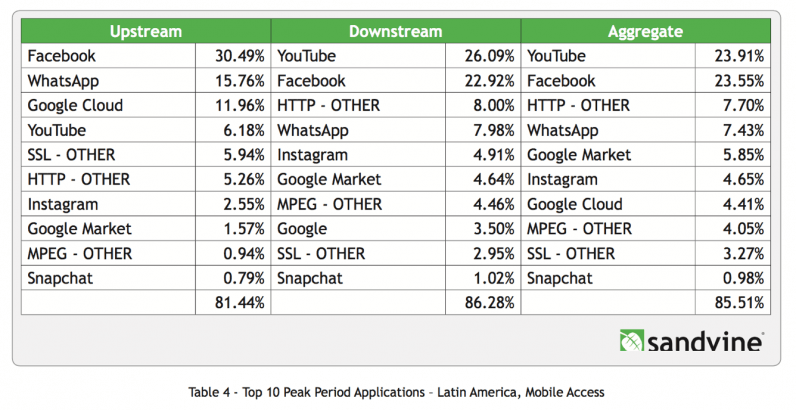"The Web began dying in 2014, here’s how"
From The Next Web:
Before the year 2014, there were many people using Google, Facebook, and Amazon.
Today, there are still many people using services from those three tech
giants (respectively, GOOG, FB, AMZN). Not much has changed, and quite
literally the user interface and features on those sites has remained
mostly untouched.
However, the underlying dynamics of power on the Web have drastically
changed, and those three companies are at the center of a fundamental
transformation of the Web — which will end with bypassing it completely.
Internet activity itself hasn’t slowed down. It maintains a steady growth, both in amount of users and amount of websites:


What has changed over the last four years is market share of traffic on
the Web. It looks like nothing has changed, but GOOG and FB now have
direct influence over 70 percent of internet traffic. Mobile internet traffic is now the majority of traffic worldwide
and in Latin America alone, GOOG and FB services have had 60 percent of
mobile traffic in 2015, growing to 70 percent by the end of 2016.
The remaining 30 percent of traffic is shared among all other mobile
apps and websites. Mobile devices are primarily used for accessing GOOG
and FB networks.

Another
demonstration of GOOG and FB dominance can be seen among media
websites. The most popular web properties that don’t belong to GOOG nor
FB are usually from the press. For instance, in the USA there are six media sites in the top 10 websites; in Brazil there are also six media sites in the top 10; and in the UK it’s five out of 10.
From where do media sites get their traffic? Prior to 2014, Search
Engine Optimization (SEO) was a common practice among Web Developers to
improve their site for Google searches, since it accounted for
approximately 35 percent of traffic, while more than 50 percent of
traffic came from various other places on the Web....
...
MUCH MORE


